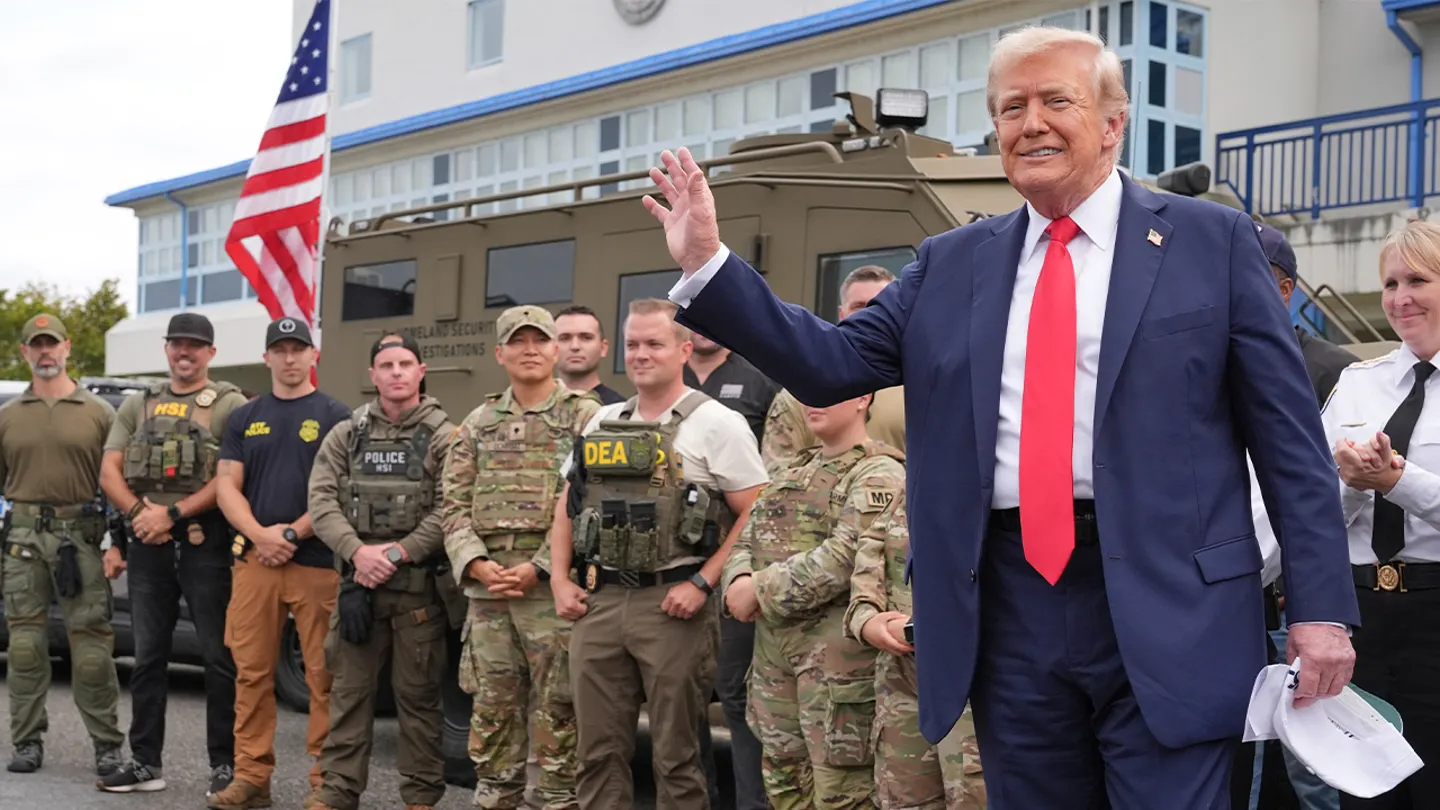Following a collision between Chinese coast guard and naval vessels and a smaller Philippine coast guard ship close to the disputed Scarborough Shoal, the United States has dispatched two naval warships to the South China Sea. Many Western and Asian countries are concerned about the growing tensions in one of the biggest maritime commerce routes in the world as a result of the event, which was seen on camera.
A Chinese coast guard ship and a Chinese navy destroyer collided Monday while attempting to stop the Philippine coast guard ship BRP Suluan, approximately 10.5 nautical miles (19 kilometers) from Scarborough Shoal. The Philippines released video that shows the Chinese naval ship turning sharply and striking the coast guard vessel after firing a heavy water cannon at it. The naval ship had extensive scratches and significant dents in her hull, and the Chinese coast guard ship sbow was severely damaged in the collision.
Both China and the Philippines have claims to Scarborough Shoal, and in the larger South China Sea, Vietnam, Malaysia, Brunei, and Taiwan also have overlapping claims. In recent years, the atoll—which is well-known for its abundant fishing grounds—has frequently been the scene of clashes between Philippine and Chinese forces.
The United States sent the guided-missile destroyer USS Higgins and the littoral combat ship USS Cincinnati to waters approximately 30 nautical miles (55 kilometers) from the shoal as a gesture of support for its longest treaty partner in Asia. A Chinese navy ship monitored the vessels, but no other issues were recorded, according to Philippine Coast Guard personnel.
MaryKay Carlson, Washington’s ambassador to Manila, denounced what she called China’s careless actions against a Philippine ship. The United States has committed to defending the Philippines against armed attacks, including those that occur in the South China Sea, under the terms of the 1951 Mutual Defense Treaty.
In an effort to counter Beijing’s expansive territorial claims and its necessity for prior entry notification, the United States has long carried out freedom of navigation operations in the area. Chinese soldiers have frequently come into close contact with American ships and planes operating in international waters and airspace, and China has frequently objected to these patrols.
Along with the United States and the Philippines, Japan, Australia, and New Zealand expressed concern over Monday’s incident. Endo Kazuya, the Japanese ambassador to Manila, stressed the value of upholding the rule of law and refraining from hostile behavior. Australia urged moderation and adherence to international law, calling the actions of the Chinese warships hazardous and unprofessional.
China learned from the incident, according to Philippine Coast Guard Commodore Jay Tarriela, who also noted that China has been repeatedly warned to stop risky operations that could result in grave miscalculations. When a Chinese fighter jet went as near as 500 feet (152 meters) to a Philippine Coast Guard aircraft conducting a surveillance mission hours after the incident, tensions increased even more. The plane performed severe maneuvers for around 20 minutes, often flying about 200 feet (61 meters) over the ground.
The accident and following aerial altercation highlight how unstable the South China Sea issue is, with little room for mistake due to conflicting claims, strategic military deployments, and high-stakes encounters.












